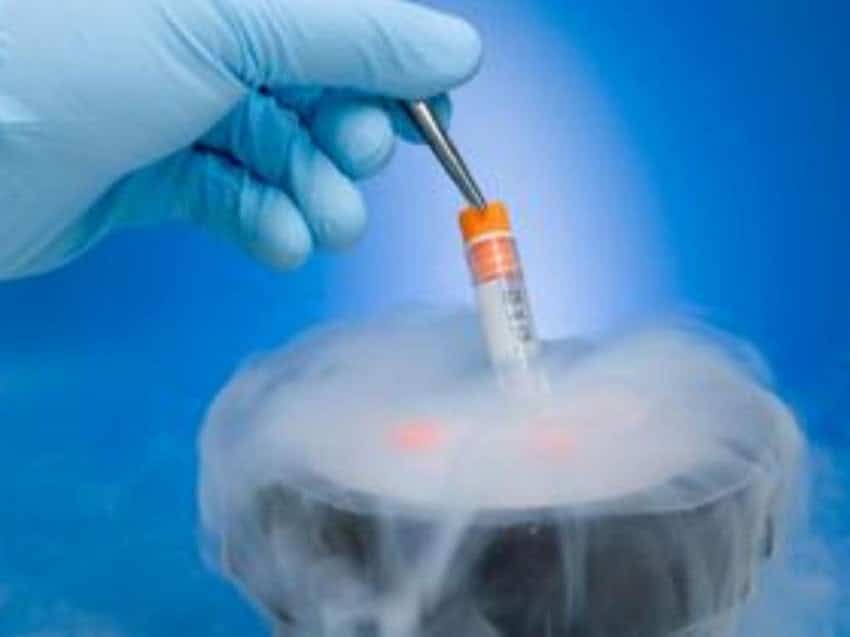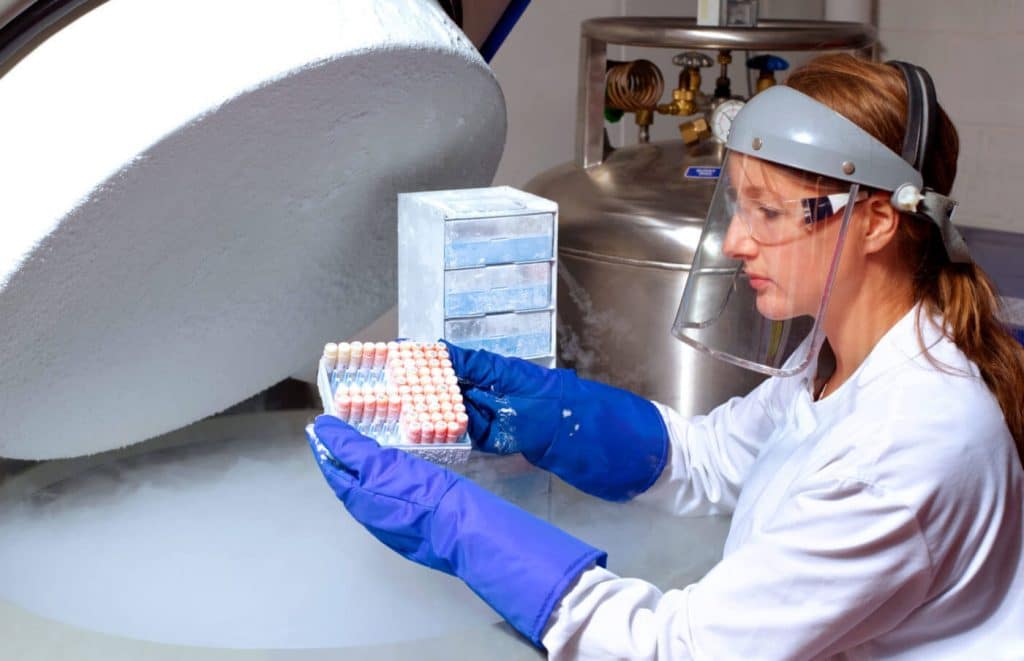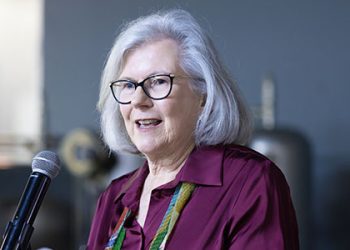Alex Rose-Innes
It took 30 years for researchers to find sufficient evidence that there are indeed two forms of liquid water – just as a team of researchers from Boston University opined three decades ago.
Benefits of super cooled water in Cryo-conservation
The original team suggested that water could interconvert at high pressure well below water’s normal freezing point. Now, evidence shows that the putative liquid-liquid phase transition really exists, proving how super cold solutions could impact cryo-preservation and biology. This is a major breakthrough to diminish the impact on biological tissue by ice crystals and show that water-rich states in the atmospheres of gas giants, is not a probability, but a certainty. * Cryo-preservation or cryo-conservation is a process where organelles, cells, tissues, extracellular matrix, organs, or any other biological constructs susceptible to damage caused by unregulated chemical kinetics, are preserved by cooling to very low temperatures.

While liquid–liquid transitions had been reported in silicon, gallium, phosphorus and silicates, finding one in super cooled water had proved extremely challenging as liquids are structurally disordered, so it was not immediately obvious how they could support two distinct structures with different densities.
A key problem, according to Phillip Ball of ScienceWorld, is that it is hard to probe deep into super cooled states without having the samples freezing. One way to suppress freezing is to turn the liquid into an emulsion, dispersing it as tiny droplets in which the chance of ice crystals nucleating is smaller.
In 2014, Yoshiharu Suzuki of the National Institute of Materials Science in Tsukuba, Japan, working with veteran water researcher, Osamu Mishima, reported possible signs of a liquid–liquid transition ending in a critical point where the two liquid states become indistinguishable in emulsified, super cooled solutions of glycerol. They found signs of two distinct disordered states with different densities at a temperature of 150K, but found no direct evidence that both were liquids rather than amorphous ice.

Answers found in certain insects
Suzuki has now explored the same approach using trehalose as the solute – a sugar produced as a natural cryo-protectant by some organisms, such as insects, that can withstand extreme cold and prevent their blood from freezing.
‘The observation of the liquid–liquid transition in this aqueous solution is persuasive,’ says chemical physicist, Francesco Mallamace, of the University of Messina in Italy. Chemical engineer, Pablo Debenedetti of Princeton University, an expert in super cooled liquids, agrees.
Suzuki is not yet sure why trehalose stabilises water so well against crystallisation, but his latest findings could help explain why life uses it as antifreeze.







